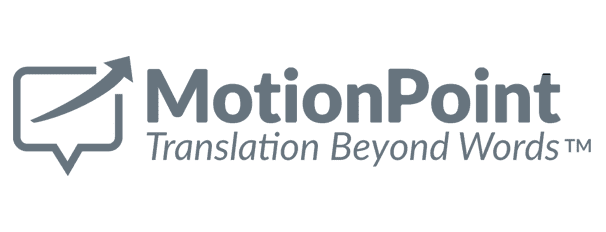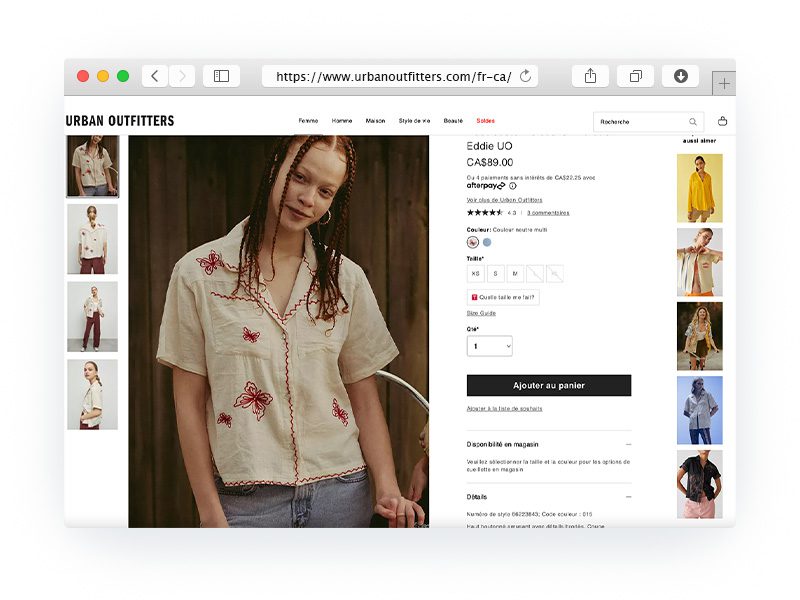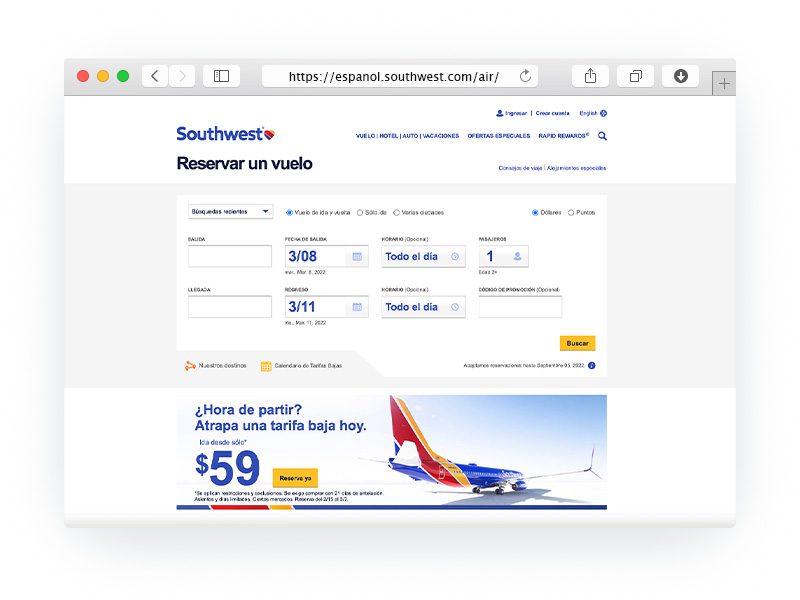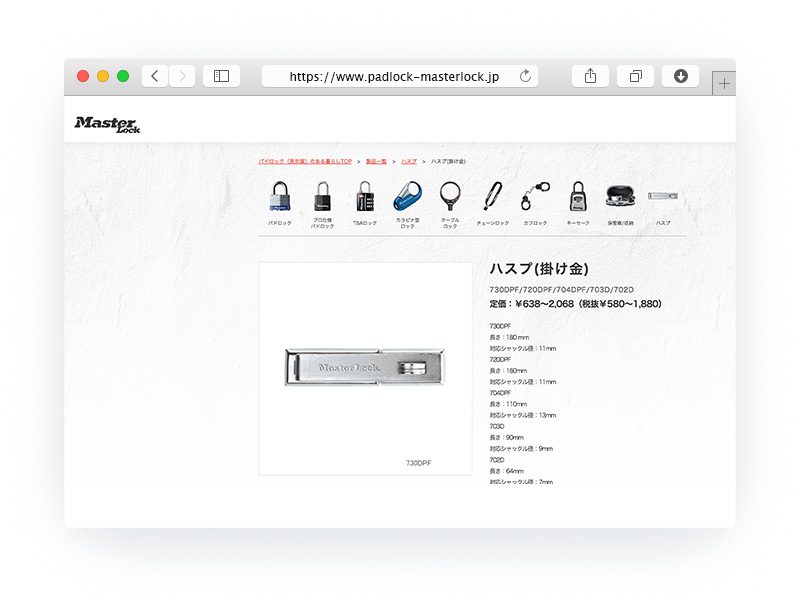




The world is more connected than ever before, thanks mainly to the evolution of the internet. People anywhere and everywhere can connect through the clicks of a mouse. However, an increased need for connection comes with its own set of challenges, namely, the removal of potential language barriers.
Multilingual websites are critical for global businesses. The need to “localize” your brand means focusing your web pages on the audiences you want to reach. Nearly 63% of all websites are in English; however, those websites only reach about 25% of all internet users.
Localization opens up vast opportunities in the fast-growing global marketplace. A study found that 76% of online shoppers prefer purchasing products in their native language, and 40% will never buy from websites in other language. Therefore, it allows businesses to reach more customers, build their brand presence, and increase sales.
A multilingual website is a website that’s available in multiple languages. This doesn’t mean the website offers a translation feature such as Google Translate. Instead, a multilingual website features completely separate, localized sites for different languages.
One well-known example of an effective multilingual site is Ikea. On the Ikea website, users choose their country, which displays Ikea pages in the language of that region. Designing a multilingual website so that your audience feels like they’re reading content written by a local is essential for engagement and conversion.
The goal of a multilingual website is to seamlessly engage communication with customers while simultaneously placing the brand top of mind. Learn more about MotionPoint’s explanation of website translation in more detail.
While word-for-word content translations are essential, they often leave out important contexs, cultural differentiation, and branding concerns. Therefore, to design a successful multilingual website, it’s important to focus on several specific areas of content and design techniques. Here are a few best practices to consider when designing multilingual web pages:
Fully dynamic web page templates are critical to accommodate word growth in translation. Some languages require up to 20% more space than English due to text expansion. Some written languages are also more concise than others. As the text is translated from one language to another, it may alter the spacing and size on pages, and the length of the original text and the resulting translation can be different. Additionally, some written languages are more concise than others. For example, Japanese and Chinese may use fewer characters to convey a piece of information, whereas other languages require multiple words. If there’s more text in one language than another, you’ll need to ensure it still fits on the page and doesn’t interfere with other web page elements.
View this MotionPoint’s infographic about word growth due to professional translation.
Separating or “overlaying” text instead of embedding it in images ensures that translated text is detectable and indexable for multilingual SEO. Search engines rely on text-based content, so externalizing text from images improves localization efforts and search visibility.
Sprites are two-dimensional images that combine several smaller images to create one larger image. Vertically organizing sprite images allows for word growth when translating web pages in multiple languages and offers an easier way to move pictures around if necessary.
Localize your sitemap or use hreflang attributes to help search engines understand which pages are designed for specific audiences. Local domains also signal to users that your brand is tailored to their market, improving trust and engagement.
To ensure text on web pages can be simply translated and detected by local search engines, make sure to externalize text from video files by using .sub (subtitle) or .xml files. Avoid videos with embedded text to make the translation process more efficient because you won’t have to redesign the graphics from scratch just to ensure text is available in the appropriate language.
While there are many “dos” to consider when designing and developing multilingual web pages, there are also development mistakes to recognize and avoid. Here are just a few:
To learn more, download MotionPoint’s e-book, which explains more multilingual website design dos and don’ts.
Whether you have a website up and running or are only in the planning stages, think about your customer reach and how a multilingual website can play a role. Multilingual websites offer several benefits that allow your business to connect with more people on a much larger scale than you may have thought possible:
Connecting with consumers means speaking their language. While many people abroad speak English, it’s typically easier to speak and understand the information in their language. A study by Common Sense Advisory found that almost 73% of customers like to buy from websites in their language. Additionally, 56% of consumers said getting information in their language is more important than price.
So when people shop or want to learn about a business, they want to feel comfortable and connected with brands. Translating your website will make your web presence more welcoming to your target region.
Every language added to your website has the potential for increased sales. Besides targeting your local market, having a multilingual website will attract global users. Many countries are seeing a constant growth in Internet use, including online shopping, which is an excellent opportunity for anyone interested in doing business overseas.
The ability to rank highly on search engine result pages (SERPs) is essential. The more people who see your website sooner on a SERP, the more likely they’ll visit you. Some countries have their own search engines that use local languages.
Your website won’t be found or listed unless it’s in that language. A multilingual website with multilingual SEO helps your site appear on global search engines. This opens your website to new markets.
Major global companies know how the benefits of multilingual websites can be far-reaching. As a result, MotionPoint has designed multilingual website translation solutions for many international brands with unique customer needs. Here are just a few case studies to help you understand the scope of MotionPoint’s translation solutions:
Lifestyle specialty retail company Urban Outfitters was already successful with direct marketing of its brands through e-commerce websites. So when they were ready to expand into Europe, Urban Outfitters engaged MotionPoint to help target online sales in Germany and France, Europe’s two largest markets. MotionPoint developed Urban Outfitters’ unique online voice in French, French Canadian, and German. Since then, both European sites have experienced substantial growth in just three months.

Southwest Airlines has a large Hispanic customer base. They’ve created large-scale advertising efforts targeting the Hispanic market through the years but had difficulty maintaining a successful microsite in Spanish.
After Southwest acquired AirTran, which had a functional Spanish website since 2008, Southwest found its way to MotionPoint. MotionPoint deployed a fully functional Spanish-language version of Southwest.com showing engagement improvement and success year-over-year.

When Master Lock began expanding into global markets, they knew their website reflected their brand globally. This meant exploring ways to translate and localize their website and updating it quickly whenever they were ready to launch a new product in a new market. Master Lock turned to MotionPoint for quick and seamless multilingual, localized website translations to engage new customers and keep them well-informed. The turnkey approach to MotionPoint’s technology meant all the work occurred behind the scenes quickly and efficiently.

Once your website is up and running, how can you make it multilingual? The first step is to choose which translation technology works best for your needs. MotionPoint offers several options to effectively develop web pages into seamlessly translated web pages that speak directly to your customers.
Well-designed multilingual websites dynamically change based on a user’s language preferences. This occurs through proxy translation, a layered system that dynamically translates content in real-time so users worldwide can view a website in their local language. It’s like a mirror held up to your site, and the reflections are fully translated versions.
Proxies are servers that act as middlemen. They get content from your server, which is also called a client server. Then, they translate this content in real-time. Finally, they show the translated content to users.
For example, if users want to see a webpage in French, they can choose “French” from a menu. This menu can be on an English site or in a search engine. This choice tells the proxy to show the webpage in French.
Proxy-based website translation is the most efficient, effective way to localize websites. Instead of creating and managing a separate website, proxy translation technology uses algorithms and servers. It stores translated content separately and shows it to users only when needed.
Application programming interfaces (API) for translation is software that allows developers to incorporate machine translation into their products. API translation enables applications to quickly translate text from one language to another without storing or managing translation data. It gives companies the flexibility to create workflows for any type of content requiring translation. API translation is often easy to tailor and compatible with various formats, including HTML, XML, and JSON.
Many companies are moving away from hard-coded websites and are using content management systems (CMS) to enable their websites. CMS translation means changing content on a CMS. This helps a foreign audience understand and use the interface easily.
Companies can use a CMS connector to translate their website. This allows them to manage and store translated content internally. They won’t have to depend on a translation vendor. These translation connectors allow content to be sent to a translation vendor and then uploaded back to the CMS for publication.
MotionPoint’s leading multilingual website translation technologies can customize and localize a website for any business and in any language. MotionPoint’s e-book, “Design and Development Best Practices for Multilingual Sites,” helps businesses with website design. The guide focuses on creating a positive online experience for customers around the world. This guide aims to create a positive online experience for customers everywhere.